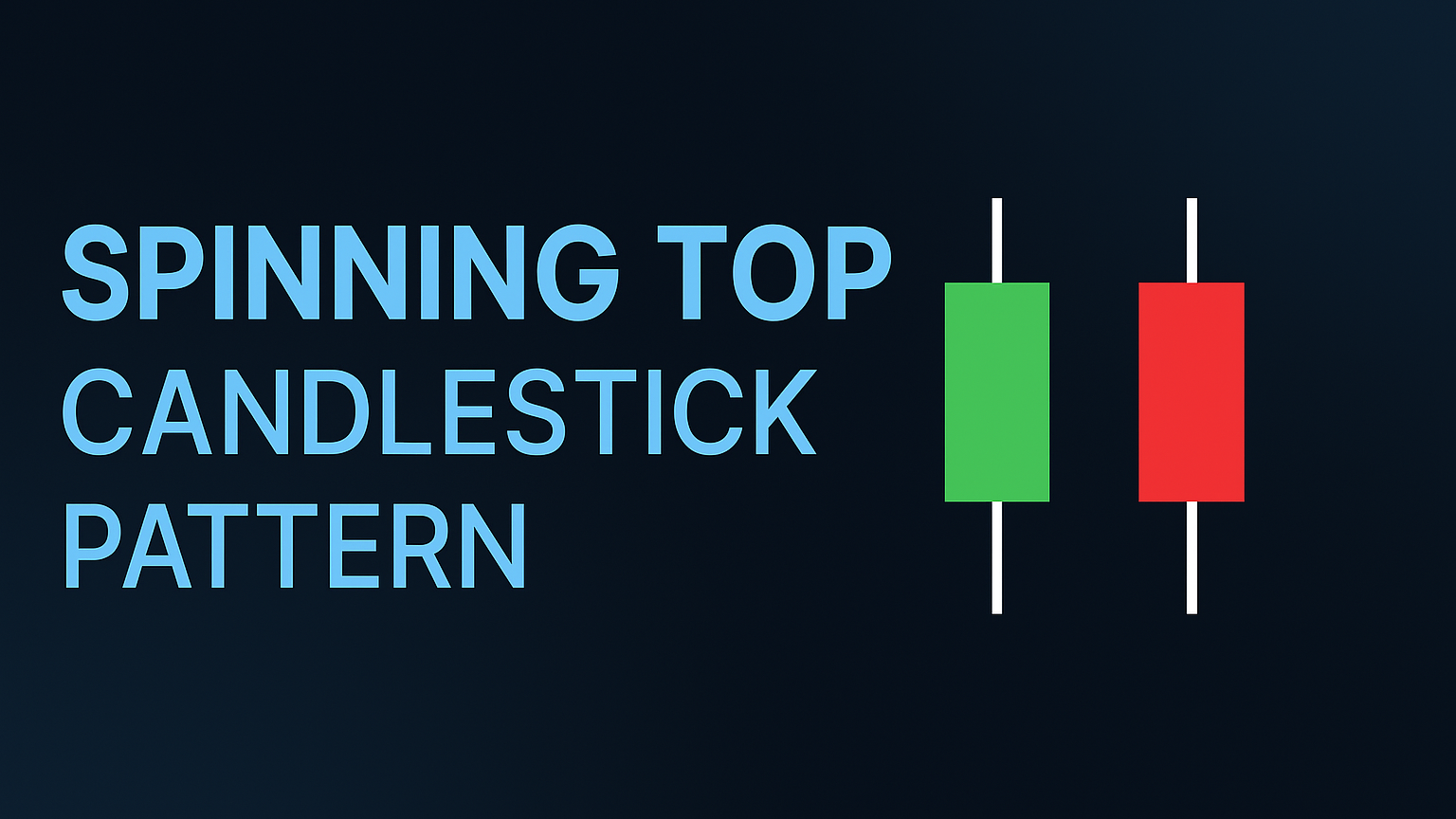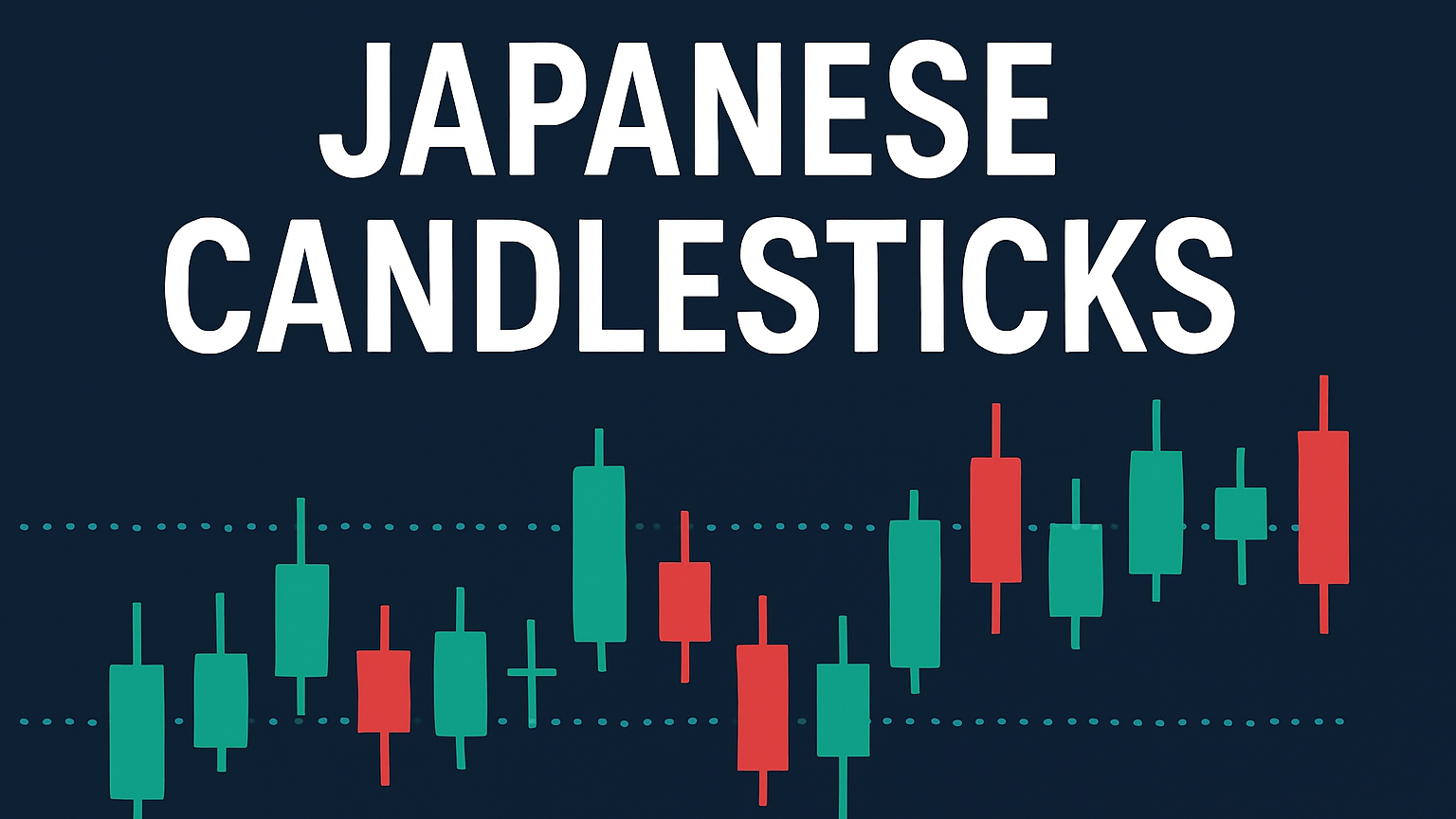Explore how range bar charts enhance trading by focusing on price movements, reducing noise, and improving trend analysis.
Range bar charts are a powerful method that focuses on price movement instead of time intervals, making them ideal for traders who want to reduce noise and zero in on meaningful price changes. Here's what you need to know:
-
What are Range Bars?
- Bars form only after a specific price movement occurs (e.g., $0.50), ignoring time.
- They highlight trends and key levels like support and resistance.
-
Why Use Them?
- Noise Reduction: Filters out minor price moves.
- Clear Trends: Makes patterns easier to spot.
- Volatility-Driven: More bars in active markets, fewer in calm ones.
- Precision: Improves accuracy for trendlines and breakout signals.
-
How to Choose Range Size:
- Use 10–20% of the Average True Range (ATR).
- Smaller ranges suit short-term trading; larger ranges suit long-term strategies.
- Adjust based on asset price and market type.
-
Benefits:
- Simplifies price analysis and reduces clutter.
- Identifies accurate support and resistance levels.
- Provides sharper trading signals for entry and exit points.
Quick Comparison: Range Bars vs. Time Charts
| Feature | Range Bars | Time Charts |
|---|---|---|
| Bar Formation | Based on price movement | Based on fixed time |
| Market Activity | More bars in volatile markets | Consistent bar intervals |
| Noise Reduction | Filters out minor fluctuations | Includes all price moves |
| Trend Clarity | Highlights key trends | Can be cluttered in low activity |
Range bars are a practical approach for traders aiming to focus on price action and improve decision-making. Learn how to optimize them for your trading style by setting the right range size and combining them with technical indicators.
Range Bar Mechanics
How Range Bars Form
Range bars are unique because they focus on price movement rather than time intervals. Each bar is created following three key rules:
- The high/low range of the bar matches the specified range.
- The opening price is beyond the previous bar's high or low.
- The bar closes at either its high or low.
This design highlights meaningful price activity. For example, a $0.50 range bar will only form after the price moves a full $0.50, no matter how long it takes.
Historical note: Range bars were introduced in the 1990s by Brazilian trader Vicente Nicolellis.
Now, let’s look at how to determine the right range size for your trading needs.
Range Size Selection
Choosing the right range size depends on several factors, including:
- Daily Range: Use the Average True Range (ATR) as a guide, typically setting the range to 10–20% of the daily ATR.
- Trading Style: Short-term traders often prefer smaller ranges, while long-term traders may opt for larger ones.
- Price Level: Higher-priced assets may require larger ranges to reflect their movement.
- Market Type: Adjust the range depending on the instrument, such as stocks versus forex.
This approach ensures that range bars align with the market's behavior and the trader's strategy.
Market Volatility Response
Range bars naturally adjust to market volatility. During highly active periods, more bars are created, while fewer bars form during quieter times. This process filters out minor price movements. By doing so, range bars help traders spot transitions between active and calm markets, making it easier to identify consistent price trends and patterns.
Range Bar Benefits
Market Noise Reduction
Range bars simplify price analysis by forming only when the price moves a set amount, unlike time-based charts that create bars at fixed intervals. This approach eliminates minor price fluctuations that can mask real trends.
"Removing market noise is one of the most important techniques for active trading. By employing noise-removal techniques, traders can avoid false signals and get a clearer picture of an overall trend." - Investopedia
In sideways markets, where prices move within a tight range, time-based charts often produce numerous bars, leading to visual clutter. Range bars, on the other hand, condense these movements into just one or two bars, making trends easier to spot and simplifying the identification of support and resistance levels.
Support and Resistance Accuracy
Range bars excel at pinpointing key support and resistance levels by focusing solely on price movement, removing distortions caused by time intervals. This results in:
- Price Consolidation: Minor fluctuations are minimized, providing cleaner data.
- Clearer Trendlines: Horizontal lines more accurately reflect trading ranges.
- Stronger Signals: Repeated price tests at key levels create more dependable breakout opportunities.
This precision helps traders make more confident decisions when analyzing price interactions.
Clear Trading Signals
By concentrating on meaningful price changes, range bars offer sharper and more reliable trading signals, making them ideal for identifying entry and exit points. This is achieved through:
- Simplified Price Patterns: They filter out insignificant movements, reducing false breakouts.
- Momentum Shifts: Directional changes are easier to detect, aiding swing trading strategies.
- Objective Signals: Clear visuals reduce emotional bias, presenting straightforward trading cues.
For best results, adjust the range size to match the market's volatility.
Trading with Range Bars
Entry and Exit Points
Range bars signal entries when the price moves above the high of a bullish bar for long trades or drops below the low of a bearish bar for short trades. To manage risk, place stop-loss orders near the entry bar. These basic rules serve as a foundation for refining strategies further.
Using Technical Indicators
Technical indicators can improve the effectiveness of range bar strategies. Pairing range bars with tools like moving averages and phantom bars helps reduce lag and makes trends easier to interpret. Indicators like MACD can confirm divergences and highlight potential reversals.
Testing Your Strategy
Building a dependable range bar strategy involves thorough testing:
- Fine-tune the range size using ATR to filter out noise while capturing meaningful price movements.
- Evaluate crucial metrics such as profit factor, maximum drawdown, Sharpe ratio, win rate, and average trade duration.
- Compare the performance of range bar strategies against time-based charts using consistent parameters.
For algorithmic traders, moving average crossover strategies often work better with range bars since they filter out minor price fluctuations. LuxAlgo’s AI Backtesting Assistant is available to assist in optimizing these strategies across different timeframes and market conditions.
Range Bar Software Options
Trading Platforms Overview
Many top trading platforms provide range bar charting features. For instance, TradingView includes range bar functionality with its Pro Plus subscription. Similarly, MultiCharts supports Point (Range) bar types, offering customizable settings to suit different trading styles.
NanoTrader stands out for its range bar analysis tools, particularly for index CFD trading. It’s especially effective for indices like the Dow Jones and DAX, using 30-point range bars to analyze movements.
Subscription costs for these platforms vary widely, from $7.99 to $499.95 per month, depending on the features and functionality offered.
Let’s dive into the specialized indicators that can enhance your range bar strategies.
Range Bar Indicators
LuxAlgo offers a powerful selection of free trading indicators designed to simplify market analysis:
- Price Action Concepts (PAC): Automates pattern detection and analyzes market structure.
- Signals & Overlays (S&O): Provides multiple customizable signal modes.
- Oscillator Matrix (OSC): Detects real-time divergences and delivers trend-following signals.
These functionalities help in identifying key support and resistance levels while cutting through market noise. Each toolkit also includes complimentary screeners to easily filter trading setups across various timeframes.
With these indicators in place, artificial intelligence takes market analysis to the next level.
AI Tools for Range Bars
AI is reshaping how traders approach range bar analysis. For instance, LuxAlgo’s AI Backtesting Assistant allows traders to:
- Analyze multiple toolkits simultaneously.
- Use natural language to detect strategies.
- Fine-tune trading setups to improve win rates.
Just like ATR-based range sizing, this AI-driven functionality enables precise adjustments to match market conditions. When choosing software, consider factors like market coverage, cross-asset analysis, and integration with screening and financial data tools.
These innovations are designed to focus on price movements while minimizing distractions from time-based fluctuations.
How Traders Create Range Charts: Tutorial
Tips and Common Mistakes
Let’s dive into some practical advice to fine-tune your strategy and avoid common missteps.
Range Size Guidelines
Pick a range size that fits both the instrument’s daily range and your trading style. The Average True Range (ATR) can help you determine a suitable size. Test different range sizes to see how they align with market volatility and spreads. As market conditions shift, don’t hesitate to tweak your settings.
Adjusting to Market Conditions
Range bars behave differently depending on market activity. During periods of high volatility, range bars form more frequently, while they appear less often in quieter markets. To manage this, increase the range size in volatile conditions to filter out noise. In calmer markets, a smaller range size can help capture subtle price movements. Once your range settings match the market’s rhythm, focus on reducing signal errors.
Avoiding Common Signal Errors
Signal errors often stem from poor range size choices or inadequate risk management. Here’s how to avoid these pitfalls:
- Stick to your pre-defined trading rules and avoid overtrading.
- Use range bar levels to adjust stop-loss orders, helping to secure profits and limit losses.
- Size your positions based on the distance between your entry point and stop-loss level.
Unlike traditional Japanese candlesticks, range bars are built to filter out short-term market noise and highlight meaningful price movements. They can also complement technical tools like moving averages, RSI, or Bollinger Bands, giving you a clearer picture of market trends.
Summary
Range bar charts help traders focus on market movements by cutting out time-based distractions. They adjust naturally to market activity – showing more bars during active periods and fewer during quieter times.
Here are the main benefits:
- Clear Price Trends: Range bars simplify trend analysis by filtering out small, irrelevant price changes. This makes it easier to spot key support and resistance levels compared to traditional time-based charts.
- Better Strategy Signals: They work well with trend-following and breakout strategies, offering reliable signals. Pairing them with indicators like RSI or Bollinger Bands gives traders a well-rounded market perspective.
- Improved Risk Control: Range bars make it easier to manage risk by clearly showing highs and lows, which helps with setting stop-loss levels and determining position sizes.
Regular adjustments and close monitoring can maximize the effectiveness of range bars, helping traders refine their strategies and manage risk more effectively. This reinforces the key takeaway: range bar charts offer a precise method for making smarter trading decisions.







